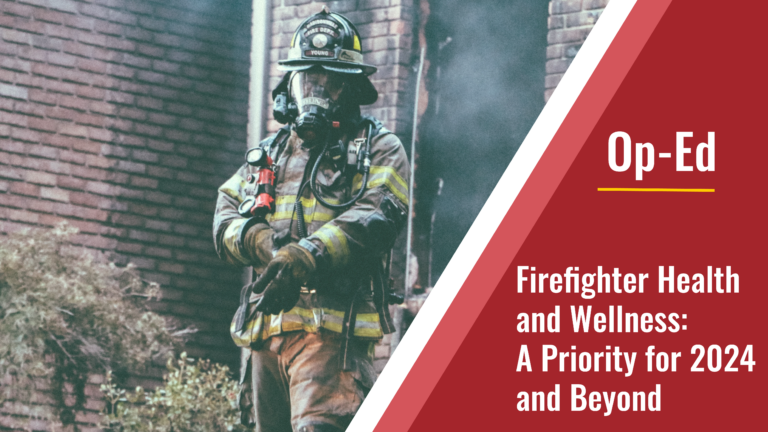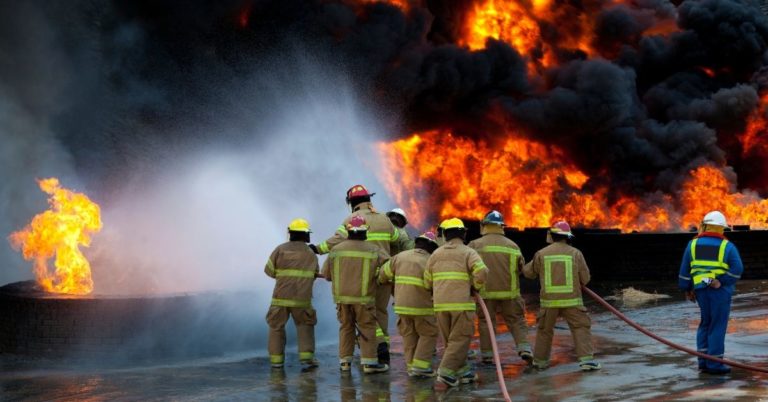For years, Fire and Emergency services have faced the headwinds of maintaining the increasing costs of operations and the struggles to raise adequate funding. These converging forces on departments across the country have led to difficult decisions in staffing and equipment. And when the Covid-19 virus took hold in America, this funding crisis only threatened to get worse.
Shortcomings in CARES Act
The virus in America led to an influx of expenses as mandatory and essential Personal Protective Equipment became a new necessity that every emergency services provider in America had to maintain to ensure the safety of their employees and their communities. When the first round of federally funded stimulus was passed by Congress through the CARES Act, $100 million was provided in additional emergency relief funding for fire services through FEMA’s Assistance to Firefighters Grant-Supplemental Program. But this wasn’t enough.
As money through the CARES Act ran out businesses and industries across the nation waited as Congress continued to debate on another round of stimulus funding. When another relief bill was finally passed in December, nothing was appropriated for additional assistance to Fire and EMS services.
Biden’s COVID Response Strategy
But the Biden Administration has just announced one measure which will begin to fill the void of funding needs brought on by the demands of the Covid-19 virus for Emergency Services.

At the end of January, the Biden Administration announced, “Memorandum to Extend Federal Support to Governors’ Use of the National Guard to Respond to COVID-19 and to Increase Reimbursement and Other Assistance Provided to States,” which is providing additional federal funding at a time when it is urgently needed.
This memorandum issued by President Biden, sets out the framework for a variety of cost sharing programs for local and state governments with the feds, including emergency services.
“To make reimbursements for approved work under the Stafford Act to respond to COVID-19 available more quickly, FEMA shall expedite reimbursement for eligible emergency work projects and, as appropriate and consistent with applicable law…”
One of the strong points of the policy issued force in this memorandum is providing that “Such assistance may include funding for the provision of personal protective equipment and disinfecting services and supplies.” PPE has been an enormous burden on Fire and EMS funding and this program will allow 100 percent cost sharing partnership with the federal government.
But while securing this cost sharing initiative is a big victory, there are still issues plaguing the Fire and EMS community in America that were exacerbated by the pandemic but have existed long before this last year, according to the Fire and EMS Fund Executive Director, Nile Porter.
“This is a good step to aid local fire departments but more needs to be done. Issues like staffing and overworked first responders have been persistent for years and now is the time to answer the calls that were made pre-pandemic.”
This cost sharing memorandum is the first step in addressing funding inequities in the Fire and EMS community, and the stresses they place on the system, but moving forward we must continue to advocate for more federal cooperation in overcoming the funding crisis for these essential services.
Image Credit: Photo by Zachary Keimig on Unsplash





